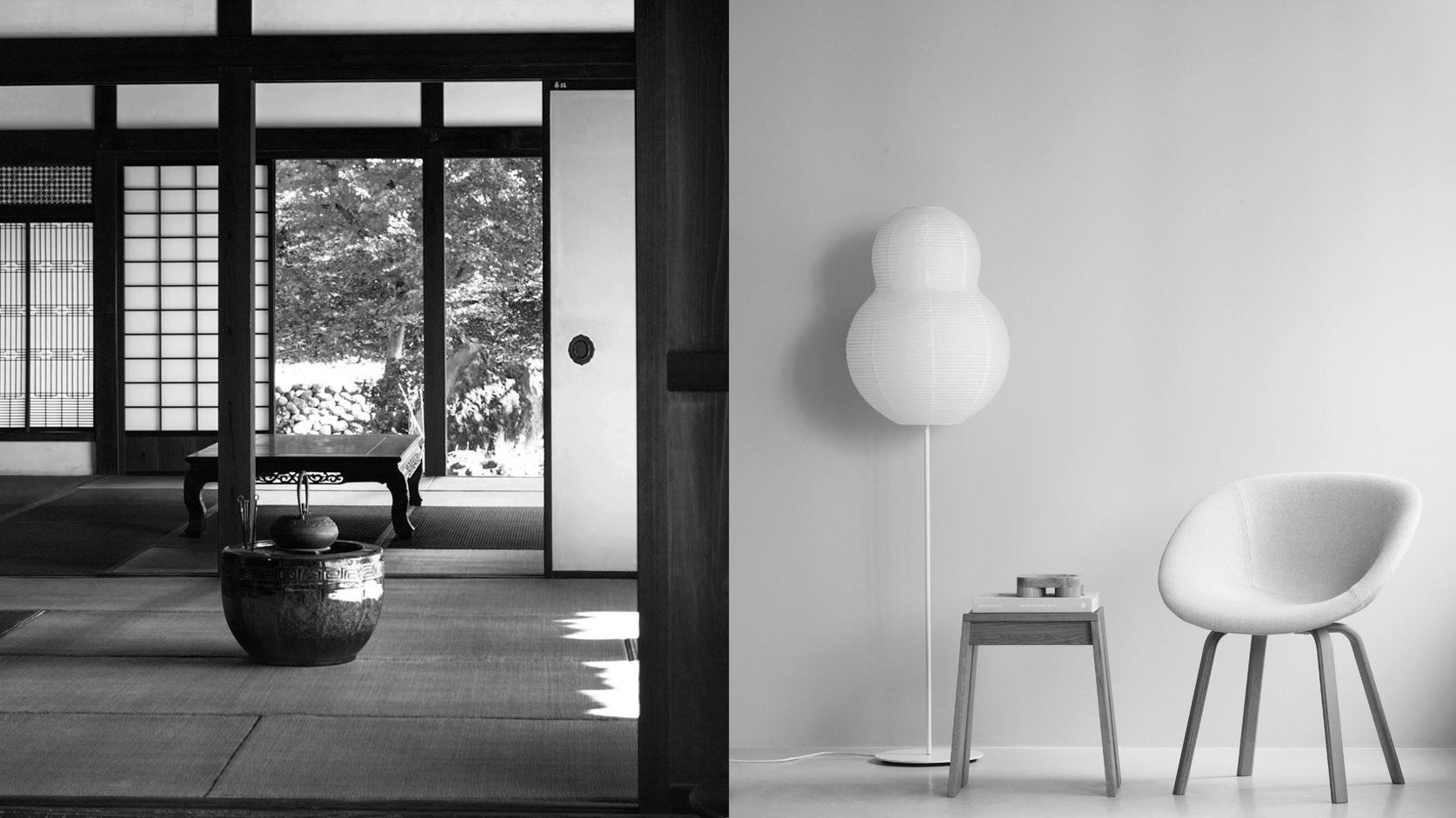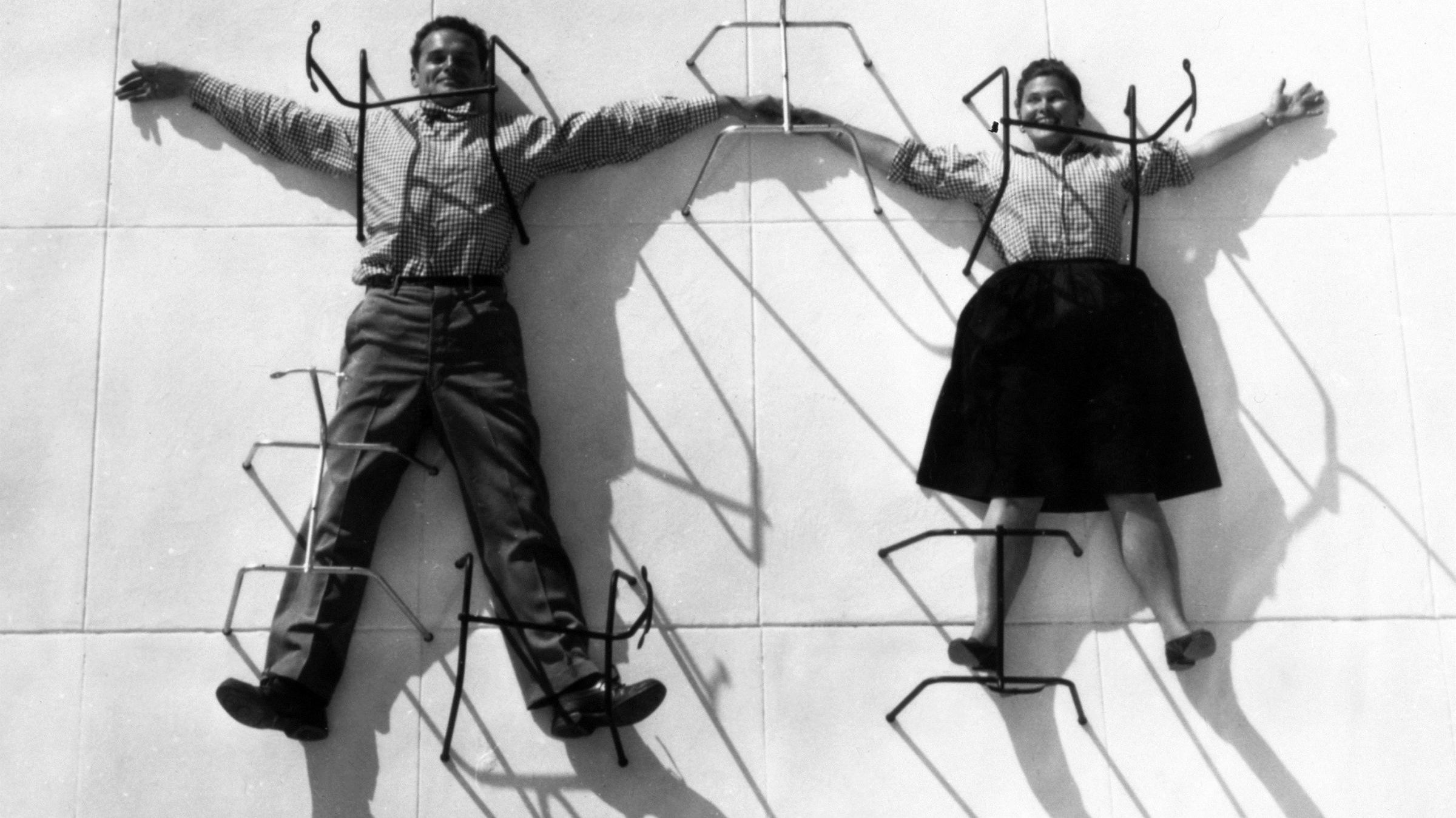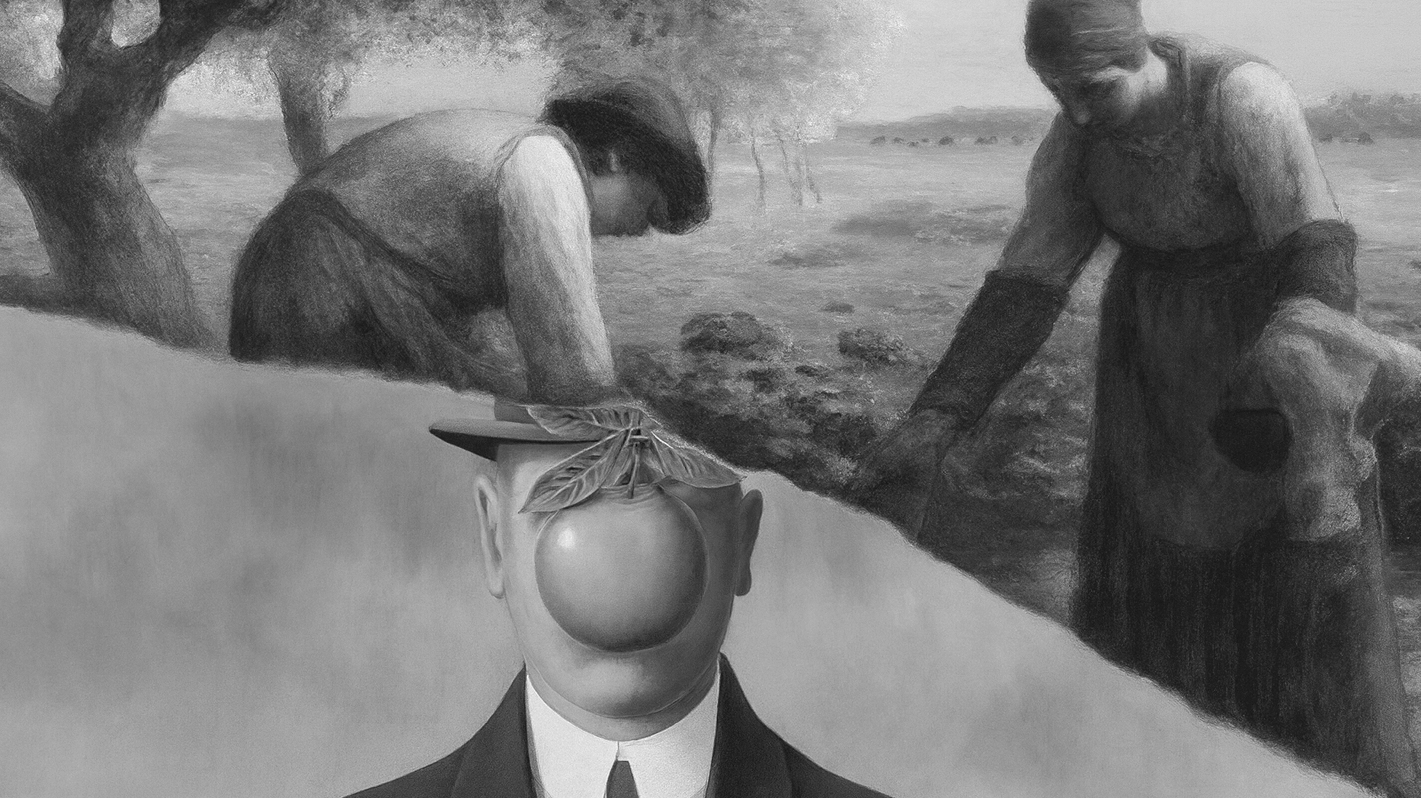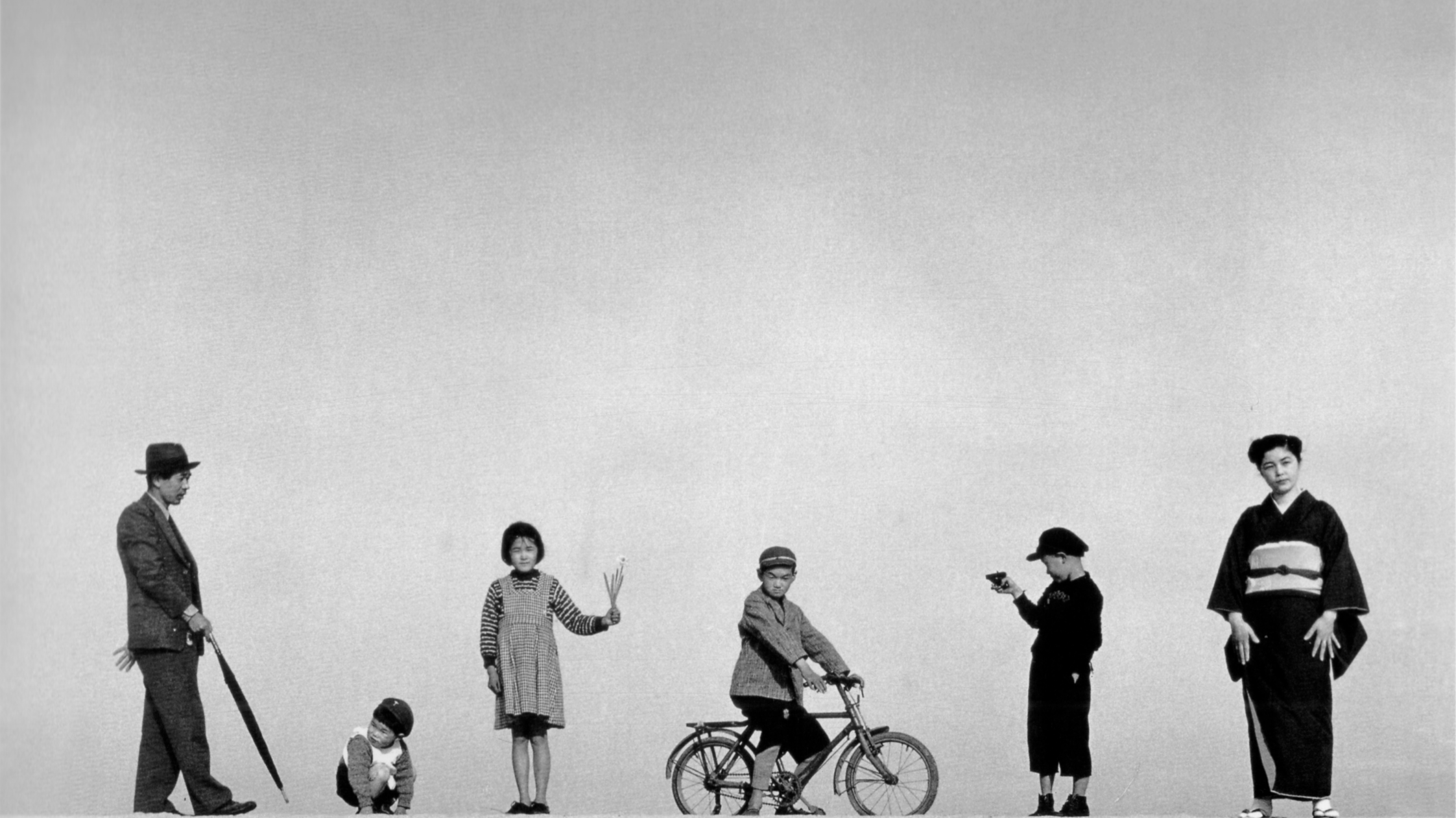Ukiyo-e, the art of Japanese woodblock printing, is a fascinating window into Japan's vibrant history and way of life from centuries ago. Originating during the Edo period, it not only forms an integral part of Japan's cultural heritage but also greatly influenced the world of art. In this article, we'll take you on a journey through the history of ukiyo-e, the woodblock printing technology that brought it to life, and its lasting impact on Western art.
(Ukiyo-e: A Guide to Japanese Woodblock Printing - dans le gris)
(Ukiyo-e: A Guide to Japanese Woodblock Printing - dans le gris)
What is Ukiyo-e?
Ukiyo-e (浮世絵) is a genre of traditional Japanese woodblock printing and painting that thrived during the Edo period (17th to 19th centuries). The term "ukiyo-e," literally meaning "pictures of the floating world" in English, refers to a style of art that primarily depicted scenes from the vibrant urban culture of Edo (modern-day Tokyo) and other major Japanese cities during that time. These artworks often reflected the culture, fashion, and entertainment of the period, portraying a world of courtesans, kabuki actors, sumo wrestlers, landscapes, historical events, and moments of everyday life.
(Ukiyo-e: A Guide to Japanese Woodblock Printing - dans le gris)
Historical Background of Ukiyo-e
(Ukiyo-e: A Guide to Japanese Woodblock Printing - dans le gris)
To truly grasp the essence of ukiyo-e, it's crucial to explore its historical roots. The origins of ukiyo-e can be traced back to the early 17th century when Japan was under the rule of the Tokugawa shogunate. This period was characterized by long-lasting peace and a sense of stability across Japan. Edo, what we now know as modern-day Tokyo, emerged as a prominent center for culture and commerce during this time.
Within this vibrant urban landscape, a thriving merchant class known as the chōnin took the lead in a cultural revolution of sorts. This class occupied a unique and influential position in the social hierarchy of the era. They experienced remarkable economic growth and prosperity throughout the Edo period, thanks to factors like burgeoning trade, the development of markets, and the rapid urbanization of Edo. With disposable income at their fingertips, the chōnin class had the means to fully immerse themselves in a wide array of entertainment, indulge in luxury goods, and passionately support the arts, including the flourishing world of ukiyo-e.
Furthermore, they immersed themselves in the vibrant world of kabuki theater, appreciated the artistry of geisha performances, and relished the companionship of courtesans from the pleasure districts. This lifestyle, marked by opulent indulgence and the relentless pursuit of pleasure, was famously known as the "ukiyo," a term that translates to the "floating world." This hedonistic culture that glorified life in the "floating world" was particularly well expressed in the production of woodblock prints, which made available to anyone with a bit of extra cash captivating images of seductive courtesans, exciting kabuki actors, and famous romantic vistas.
(Ukiyo-e: A Guide to Japanese Woodblock Printing - dans le gris)
Woodblock Printing Technology
(Ukiyo-e: A Guide to Japanese Woodblock Printing - dans le gris)
Woodblock printing technology is at the heart of ukiyo-e, playing a pivotal role in its creation and mass production during the Edo period in Japan. At the core of this technique lie the materials in use. Ukiyo-e artists and craftsmen primarily used cherry wood for their woodblocks. This preference for cherry wood stemmed from its fine grain, remarkable durability, and its exceptional ability to capture intricate details.
To achieve the vibrant array of colors, each color within a print necessitated a separate woodblock. These woodblocks were meticulously carved to ensure precise alignment during the printing process, resulting in the intricate and harmonious final compositions that define ukiyo-e.
Another crucial material to mention is paper. Washi, the favored medium for ukiyo-e prints, was crafted using traditional Japanese papermaking techniques. Washi featured a smooth surface that absorbed ink effectively, preventing unwanted bleeding or smudging. Furthermore, its durability made it exceptionally suitable for large-scale mass production. Successful designs were frequently reprinted to satisfy continuous demand, with each edition potentially consisting of hundreds or even thousands of copies.
Each Ukiyo-e print was hand-printed, requiring a skilled printer to ensure that the paper was evenly pressed onto the inked woodblocks. This meticulous process added a level of craftsmanship and authenticity to each print. Woodblock printing technology was labor-intensive and required the collaboration of skilled artists, carvers, printers, and publishers. Despite its complexity, this technique was instrumental in making ukiyo-e prints accessible to a wide audience and played a significant role in the cultural explosion of Edo Japan.
(Ukiyo-e: A Guide to Japanese Woodblock Printing - dans le gris)
Ukiyo-e's Influence on Western Art
(Ukiyo-e: A Guide to Japanese Woodblock Printing - dans le gris)
Ukiyo-e encompasses a wide array of subject matter, vividly capturing the bustling urban culture and everyday life of the Edo period. These prints provide glimpses into the daily routines of people, offering a window into that era's dynamic urban culture. Interestingly, the similarities between Ukiyo-e and Impressionism are striking. Both art forms share the common concept of depicting everyday life in their works.
Indeed, Ukiyo-e played a pivotal role in shaping the Impressionist movement in Western art. Ukiyo-e's depiction of everyday life in Japan resonated deeply with Western artists who were increasingly intrigued by the idea of portraying ordinary life rather than solely focusing on historical or mythological subjects. This shift in artistic focus is clearly evident within Impressionism, where artists like Claude Monet and Edgar Degas skillfully captured the essence of everyday scenes and fleeting moments.
What attracted these Western artists to Ukiyo-e were its distinctive qualities, including the use of loose brushwork, a strong emphasis on capturing the interplay of light and atmosphere, and the adoption of unconventional viewpoints. These aspects of ukiyo-e prints greatly influenced Impressionist painters, inspiring them to explore new approaches to art that celebrated the beauty of the ordinary and the fleeting.
Beyond Impressionism, Ukiyo-e also contributed to the development of Post-Impressionism. During the late 19th century, Western artists actively collected Ukiyo-e prints, using them not only as art but also as source material for their own creative endeavors. Van Gogh, for example, was heavily influenced by Japanese woodblocks in his use of vibrant colors and distinctive compositions.
Japanese design sensibilities and aesthetics had a profound influence on these Western artists, leading to the integration of elements like asymmetry, simplicity, and a heightened appreciation for nature into Western art. The impact of ukiyo-e extended its reach across various artistic movements, spanning from Impressionism to Post-Impressionism and even beyond, thus leaving an indelible mark on the course of art history. This interplay between cultures had a lasting and transformative effect on Western artistic expression.
(Ukiyo-e: A Guide to Japanese Woodblock Printing - dans le gris)
Continue Reading:
• Noh Masks: The Hidden Stories of Japanese Theatre Masks
• Japanese Art Symbols: Hidden Meanings in 5 Important Symbols
• Kintsugi: Finding Beauty in the Art of Repair
(Ukiyo-e: A Guide to Japanese Woodblock Printing - dans le gris)
About Us
Dans Le Gris is a brand that began with everyday jewelry, with each handmade piece designed and crafted in Taiwan. We deeply value every detail, dedicating ourselves to creating timeless pieces through collaboration with experienced craftsmen.
In our journal, we provide irregular updates featuring articles about art, culture, and design. Our curated content encompasses diverse aspects of life, with the aspiration to offer meaningful insights and inspiration.






